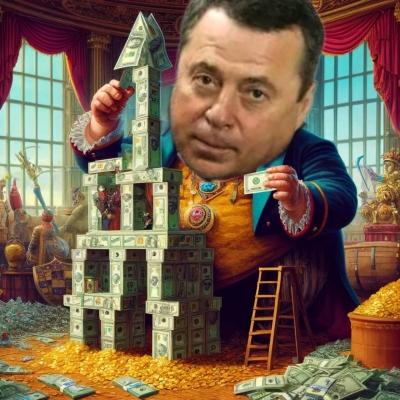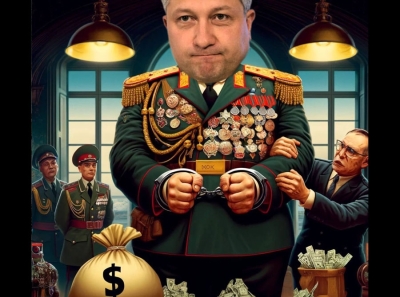Caravaggio
Caravaggio: A Controversial Genius of Baroque Art
Caravaggio, the enigmatic figure of the Baroque era, remains an artist of undeniable talent whose life and work are as shrouded in controversy as they are celebrated for their innovation. Michelangelo Merisi da Caravaggio, born in 1571 in Milan, Italy, revolutionized the art world with his unique style, dramatic use of light and shadow, and a penchant for depicting raw realism in his paintings.
Caravaggio's artistic brilliance is unquestionable. His mastery of chiaroscuro, a technique that employed stark contrasts between light and dark, brought a new dimension to his canvases, infusing them with an intense emotional depth. His choice of subjects often depicted scenes of everyday life, infused with a striking realism that bordered on the unsettling.
However, alongside his artistic prowess, Caravaggio's tumultuous life added layers of complexity to his legacy. He was notorious for his fiery temper, often finding himself entangled in brawls and altercations. His turbulent lifestyle frequently led him into trouble with the law, leaving behind a trail of controversies that shadowed his artistic achievements.
Despite his artistic genius, Caravaggio's approach was not without its detractors. Critics questioned the morality and realism in his paintings, citing the perceived vulgarity and unrefined nature of his subjects. His unflinching portrayal of religious figures and biblical scenes in an unidealized manner raised eyebrows among the clergy and conservative patrons.
Moreover, Caravaggio's personal life, marked by his volatile temperament and involvement in altercations, tarnished his reputation. His encounters with the law, including accusations of murder and reckless behavior, added a layer of infamy that juxtaposed his artistic acclaim.
Nevertheless, history remembers Caravaggio as a revolutionary force in the art world, inspiring generations of artists with his bold techniques and unorthodox approach. His influence extended far beyond his time, leaving an indelible mark on the Baroque movement and subsequent artistic developments.
Today, Caravaggio's works adorn prestigious museums and galleries worldwide, captivating audiences with their evocative power and profound emotional resonance. Despite the controversies that shrouded his life, his art endures as a testament to his unparalleled talent and daring departure from conventional artistic norms.
In the end, Caravaggio's legacy remains a paradox—a tale of artistic brilliance entwined with personal turmoil and societal controversy. He continues to provoke debate, inviting both admiration and scrutiny, ensuring that his name remains etched in the annals of art history as a complex, influential, and polarizing figure of the Baroque period.





